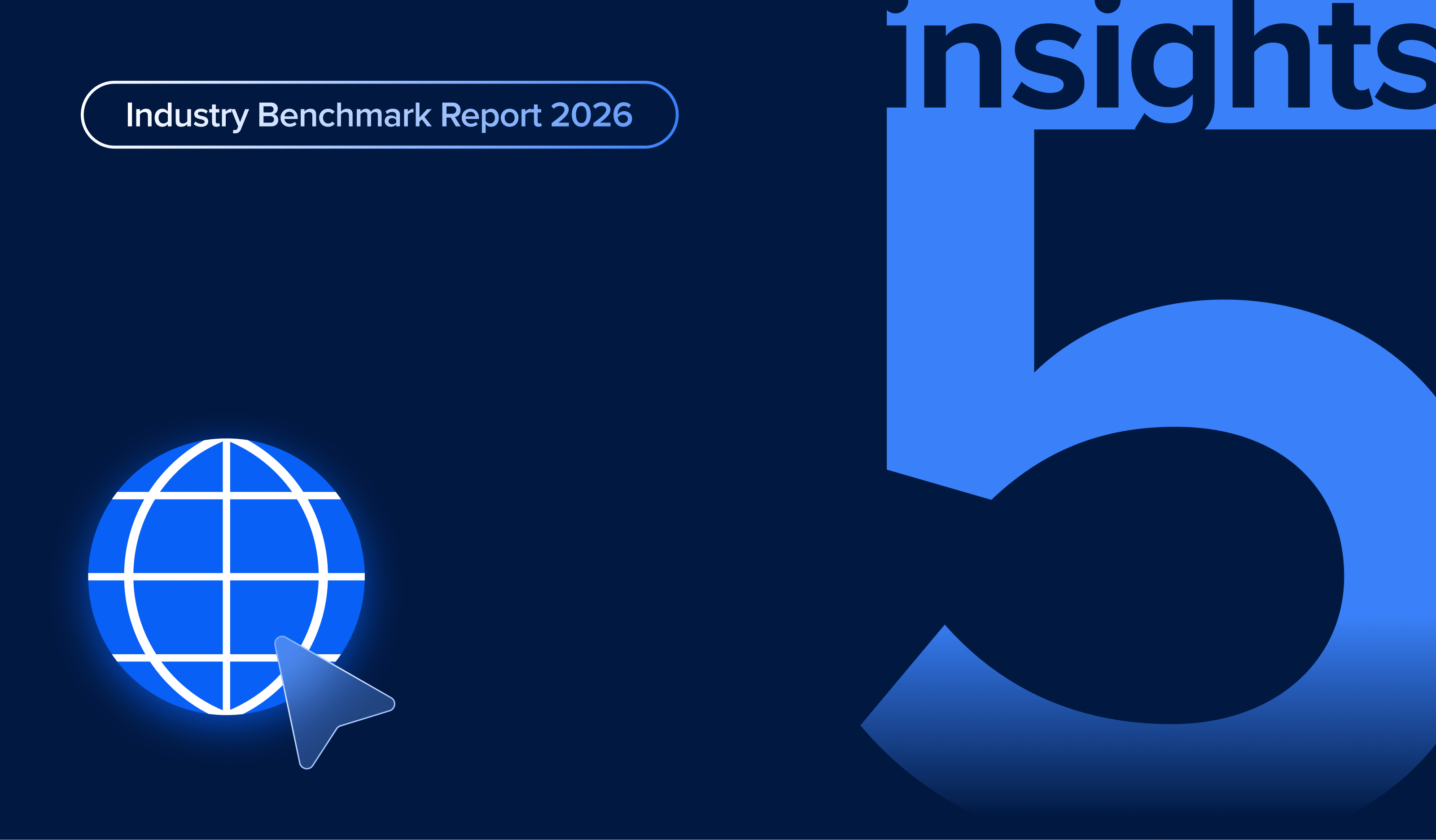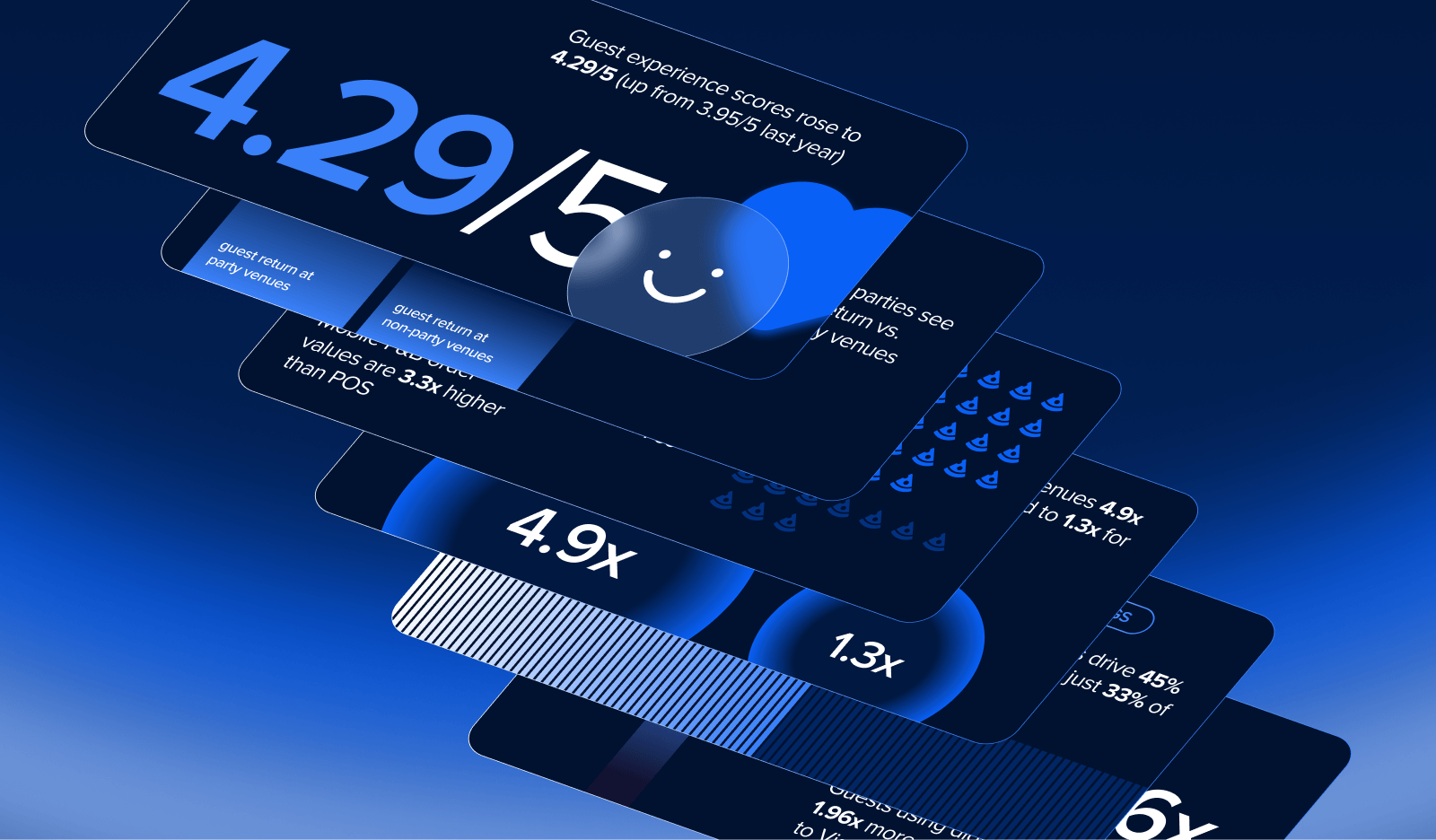Self-Service is Here to Stay: Discover the Future of Convenience in the Attractions Industry
.png?width=820&name=ROLLER%20Blog%20thumbnail%20(1).png)
Self-service options are becoming increasingly prevalent. Think back to the last time you visited a supermarket, bank, or fast food location - we’d bet that self-service kiosks, checkouts, and QR ordering appeared in at least one (if not all). That’s with good reason: 88% of customers expect brands to have self-service options online, 87% of US customers say they enjoy self-service kiosks, and 66% prefer them over traditional customer service.
These stats are something the attractions industry can learn from to meet evolving customer expectations. Join us as we explore the future of self-service in attraction venues, including why guests love them and how your business can benefit.
Enhancing visitor experience
Why guests love self-service
We’ve already established that guests are happy to engage with self-service features. The convenience alone can improve overall satisfaction by allowing them to maximize their time at an attraction. Here are more reasons why guests love self-service:
- Self-service options reduce queuing time by empowering guests to pre-purchase tickets or use kiosks on arrival.
- Guests can explore options in their own time, typically resulting in 30% higher spend than in-person orders.
- Kiosks, QR codes, and online checkouts can be easier to navigate for families with young children.
- When self-service options are available, staff spend less time on admin, so they can ensure guests are having a good time.
- Self-service food and drink ordering is often easier to navigate for people looking for specific items or dietary requirements.
- Empowering guests to instantly check or change bookings in their own time reduces the frustrations of waiting on hold or for an email reply.
Greater accessibility
Another major win for customer experience is the accessibility of self-service options. For example, digital kiosks can offer accessibility features such as text-to-speech functionality and adjustable font sizes, making it easier for guests with visual impairments to navigate and interact with the system.
Similarly, self-service options, such as multilingual interfaces or video-based instructions, can provide alternative communication channels for guests with hearing impairments or language barriers.
Richer personalization
The benefits of self-service aren’t just limited to a guest’s time at your venue. Self-service options provide venues with more data, allowing them to personalize interactions after the guests leave.
To up your personalization game, you can use the data collected from self-service interactions to learn more about your visitors. Then you can access this data to personalize marketing and send guests offers relevant to their interests.
For example, you might send emails that suggest specific attractions, dining options, or experiences based on a guest's past visits or stated preferences. This creates a more immersive and enjoyable experience (while increasing your return visits).
Business benefits
Labor costs
The most immediate benefit of implementing self-service options is the cost savings. You’ll effectively be reducing the need for labor-intensive activities. This allows you to reallocate resources more efficiently. Here are the types of self-service options that can reduce pressure on staff:
- Online accounts enable guests to manage their bookings without having to speak to someone.
- Mobile food and beverage orders reduce the need for POS operators in dining areas.
- Self-service kiosks speed up ticket purchases, and free up front-of-house staff.
- Online ticket booking and digital waivers streamline check-ins and eliminate paperwork.
- Sending automated feedback surveys to your guests after their visit helps you easily pulse-check how your venue is performing and where you can improve the guest experience.
Serve more guests
Better efficiencies don’t just mean reduced staff hours. Self-service options allow you to streamline operations to increase the number of people you can serve.
For example, if you implement a mobile food and beverage ordering system, you can effectively take more orders. Think of the self-service tech as an extra employee dedicated to taking orders while your existing team focuses on turning them around.

When you consider that mobile food and beverage orders typically result in 35% more sales and 33% higher spend per head, you stand to profit from this synergy!
Reduced admin time
Self-service options free your team up from having to conduct time-consuming admin tasks. While admin may not be a focus of their duties, the savings can add up over a year when you run the figures.
“During customer research for online accounts, we heard that some venues receive up to 100 calls every day from guests asking to change their bookings,” says ROLLER’s Chris Leeden.
For a venue receiving 100 daily phone calls at two minutes each, this equates to over 1,200 hours of staff effort each year. At an hourly rate of $15 USD, that's a potential saving of over $18,000 USD annually with online accounts.

With that in mind, the benefit of allowing self-service through online accounts is abundantly clear.
👀 Watch this next: Self-Service Guest Experiences Webinar with Howard McAuliffe from Pinnacle Entertainment Group
What to look for in a self-service technology provider
As more and more institutions incorporate self-service options, their absence will become more noticeable in businesses that lag behind. But that doesn’t mean you should go all in right away. As with all things, not every tech partner is created equally, so do some research and ensure you have the right market fit.
Here’s what to look for in a self-service technology partner for the attractions industry:
- Understands your industry and the nuances of your business model.
- Reduces friction for your guests with multiple payment options, plenty of accessibility features, and no mandatory app downloads.
- Can scale alongside your business.
- Easy to learn and intuitive to reduce staff training times.
Related articles
.png)

How to Optimize Your Online Checkout: 5 Key Insights from the 2026 Benchmark Report

6 Unmissable Stats from the 2026 Attractions Industry Benchmark Report
Enhance your guest experience
Get free education, tips and inspiration to help you run a successful venue.
